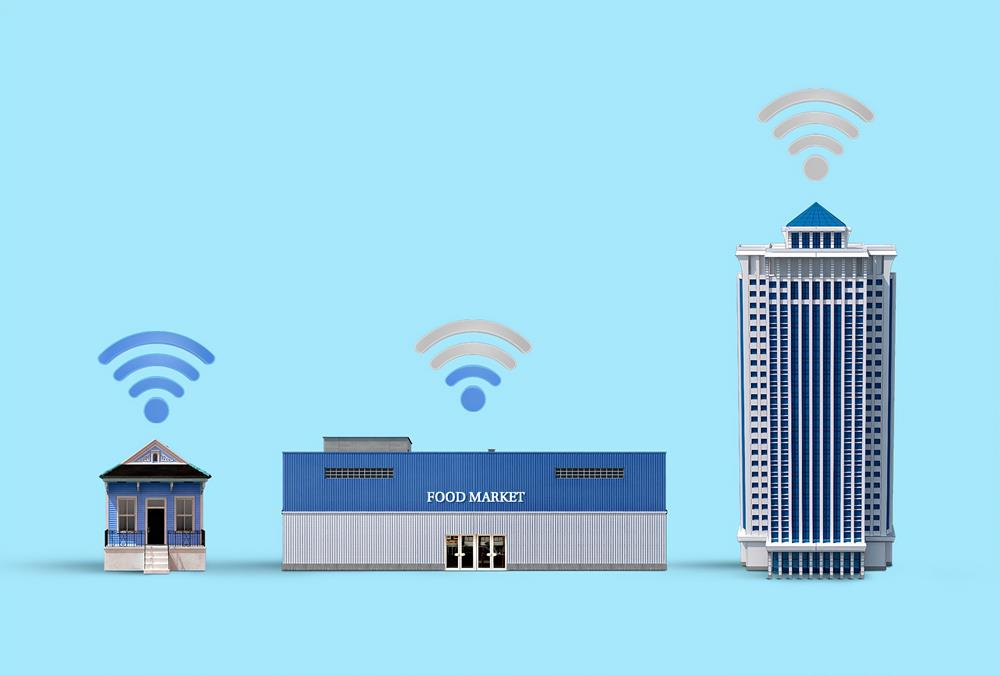- Home
- Business Processes
- Industry Knowledge
- Aerospace Industry
- Automotive Industry
- Banking Domain
- BFSI Industry
- Consumer/ FMCG Industry
- Chemicals Industry
- Engineering & Construction
- Energy Industry
- Education Domain
- Finance Domain
- Hospitality Domain
- Healthcare Industry
- Insurance Domain
- Retail Industry
- Travel and Tourism Domain
- Telecom Industry
- Leadership Skills
- eLearning
- Home
- Industry Knowledge
- Banking Domain
- Migrating banking customers to digital channels
Migrating banking customers to digital channels
As banks are moving to new digital channels like the internet banking and mobile banking applications, they’re able to offer better customer engagement while lowering their operational costs. The modern-day customers are inclining towards the online banking channels more than ever. Still, for large traditional banks the penetration of customer based to online banking is still very low. This article discusses strategies adopted to overcome this problem.
Online banking, also known as internet banking or web banking, is an electronic payment system that enables customers of a bank or other financial institution to conduct a range of banking transactions through the Bank's website. The online banking system will typically connect to or be part of the core banking system operated by a bank and is in contrast to branch banking which was the traditional way customers accessed banking services.
Internet banking software provides personal and corporate banking services offering features such as viewing account balances, obtaining statements, checking recent transactions, transferring money between accounts, and making payments.
Digital banking is part of the broader context for the move to online banking, where banking services are delivered over the internet. The shift from traditional to digital banking has been gradual and remains ongoing, and is constituted by differing degrees of banking service digitization.
Major benefits of digital banking for a Bank are operational efficiency, enhanced productivity, cost savings, automated self-service, applications, increased accuracy, improved competitiveness, greater agility and enhanced security. Hence banks must activate their online channels and integrate them with the traditional banking channels. Not surprisingly, 60% of banks are undertaking a transformation of their core banking systems.
The data migration process also bears a significant risk if not carried out effectively. Data migration exercises involve records from different source systems to be integrated and interfaced with a target system in different formats. Once you successfully manage the risk involved in managing the complex data migration process and enable internet banking channel, the next challenge is to drive adoption with customers.
It is very important for banks to encourage customers to migrate from more expensive channels to less expensive online and mobile banking. Every customer has a channel preference to interact with their bank; some may still prefer the traditional branch banking, while others may want to use ATM, online or mobile channel. Channel migration strategies are impacted by this unique channel preference.
What is the current business challenge?
Online banking leads to significant cost-saving as well as revenue generation as a result of a deeper relationship with customers. However, the ratio of online users among the total customer base is around 39%.
What is the goal of this project?
- The goal of the project is to increase the penetration of online banking within the bank by effective use of different alternative channels (cross channel conversion)
- Effective marketing campaigns as well as effective use of branches as the key contact point for the customers to adopt internet banking
- Review online banking conversion activities
- Review Branches’ sales and target structure (for Online Banking)
- Compare and contrast the different approaches
- Make recommendations for online banking conversion by the use of effective marketing activities both 1-1 communication and mass campaigns for customers
- Branch campaigns in order to increase sales, different rewarding approaches for branches, new KPIs and reporting structure
Some other strategies could be
- Offer positive or negative incentives
- Position the new online and digital channels as the ‘standard’
- Provide education to acclimate customers to new channels.
Banking Domain Knowledge - Resources
Related Links
You May Also Like
-
Definition of Bank: Meaning of the term Bank and the Business of Banking
What do we mean by the word bank? How did the word bank originate? What is the most simple and concise definition of a bank that explains the fundamentals of the banking process? Does the definition of banking vary from country to country? What are the key differentiators between any other business and a Bank? Get answers to all these questions and explore the basics of bank and banking as an industry.
-
History of Banking: Evolution of Banking as an Industry
Banking is one of the oldest industries and banking in the form that we know of began at about 2000BC of the ancient world. It started with merchants making grain loans to farmers and traders while carrying goods between cities. Since then, the banking industry has evolved from a simplistic barter system and gift economies of earlier times to modern complex, globalized, technology-driven, and internet-based e-banking model. In this article, we will take you through the major events and developments in the history of the banking industry.
-
History of Banking: Famous Banks from the Past
Seven hundred years ago a bank was established in Venice, which made transactions resembling modern banking. In 1407, another bank was founded in Italy under the name of Banco di San Giorgio which was one of the oldest chartered banks in Europe. Sveriges Riksbank (Riksbanken), is the central bank of Sweden and the world's oldest central bank. The Bank of England is the second oldest central bank in the world, and most modern central banks have been based on that model. Let us explore some interesting events as we learn more about these early banking institutions.
-
History of Banking: The Gold Standard & Fractional Reserve Banking
Gold has always been considered as a safe economic investment and treated like a currency. All of the economically advanced countries of the world were on the gold standard for a relatively brief time. Under a gold standard, the value of a unit of currency, such as a dollar, is defined in terms of a fixed weight of gold and banknotes or other paper money are convertible into gold accordingly. Explore the fascinating history of the gold standard through the lens of history and also learn why banks hold back a certain fraction of deposits as reserves.
-
Overview of Banking Industry: The Industry Basics
Banks play a key role in the entire financial system by mobilizing deposits from households spread across the nation and making these funds available for investment, either by lending or buying securities. Today the banking industry has become an integral part of any nation’s economic progress and is critical for the financial wellbeing of individuals, businesses, nations, and the entire globe. In this article, we will provide an overview of key industry concepts, main sectors, and key aspects of the banking industry’s business model and trends.
-
Banking Sector, Segments & It's Classifications
The banking industry players deal in a variety of products from savings accounts to loans and mortgages, offer various services from check cashing to underwriting, caters to different types of customers from individuals to large corporates, serve diverse geographies from rural villages to cross-border operations. Thus the banking industry is made up of several types of banks, with their own objectives, roles, and functions. In this article, we will explore the various sectors, segments, and classifications of banking based on parameters like products, customers, types, etc.
-
Type of Banks: Different Types of Banks in India & their Functions
This article explains the banking structure in India and how different banks are classified as per RBI Norms. The Indian banking industry has been divided into two parts, organized and unorganized sectors. The organized sector consists of Reserve Bank of India, Commercial Banks and Co-operative Banks, and Specialized Financial Institutions (IDBI, ICICI, IFC, etc.). The unorganized sector, which is not homogeneous, is largely made up of money lenders and indigenous bankers. Learn what we mean by nationalized banks, scheduled banks, public sector banks, private banks, and foreign banks.
-
Types of Banks: Different Banks & their Classifications (Global)
The banking industry caters to various sections of society thus the focus of banking becomes varied, catering to the diverse needs of clients through different products, services, and methods. To meet this, we need distinctive kinds of banks addressing complex business & social needs. In this article, we will explain various types of banking institutions ranging from retail banks, commercial banks, co-operative banks, investment banks, central banks to various other types of specialized banks.
-
Banking Operations: Understanding Various Transactions & Activities
Banks perform a variety of operations ranging from basic or primary functions like day to day transactions at a branch to others that maybe the agency or general utility services in nature. The transactions that are incidental to revenue/sales or sustaining the business are an important element of the banking industry value chain. In this article, we will look at the key operations performed in the course of banking.
-
Banking Industry Business Model - Understanding How the Banking System Works
Banks are commercial profitable institutions and need to increase their business, grow their revenue, and provide returns to their owners. Unlike other stores and shops, banks are providing services rather than selling their products. Learn how banks get their funds and how they make money on services. Read more to learn how the banks earn their profit!
Explore Our Free Training Articles or
Sign Up to Start With Our eLearning Courses

About Us
Learning
© 2023 TechnoFunc, All Rights Reserved










